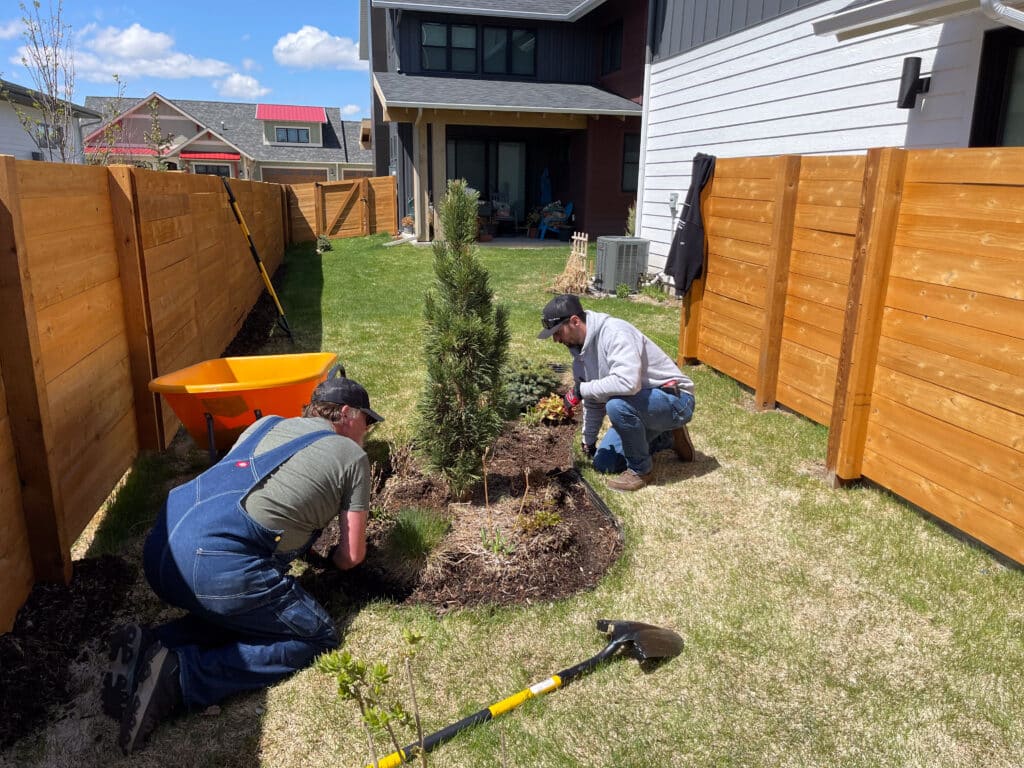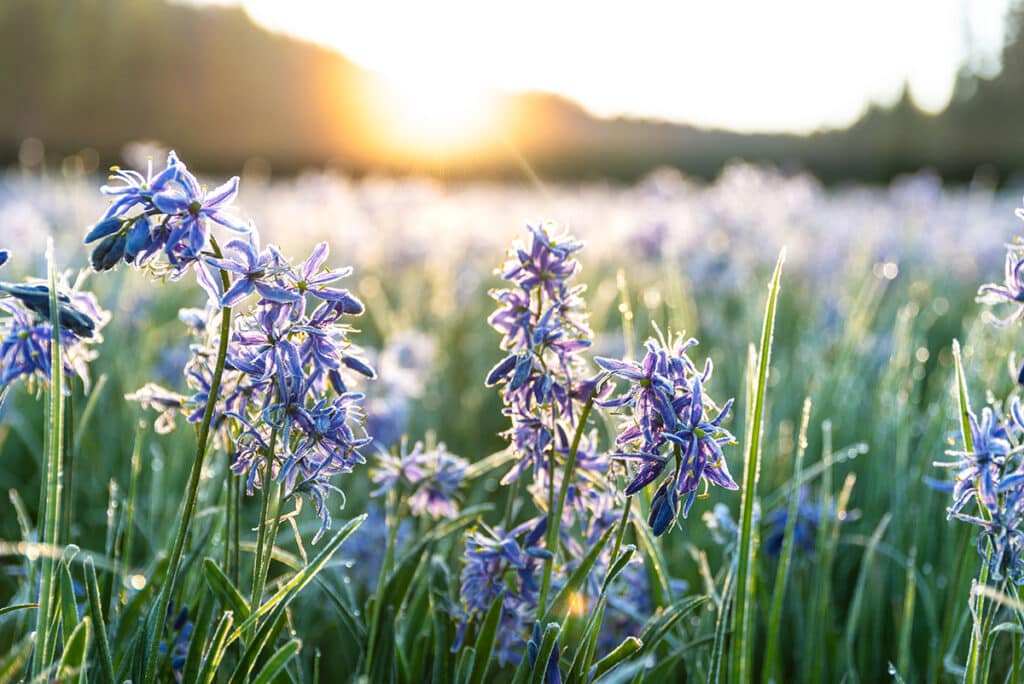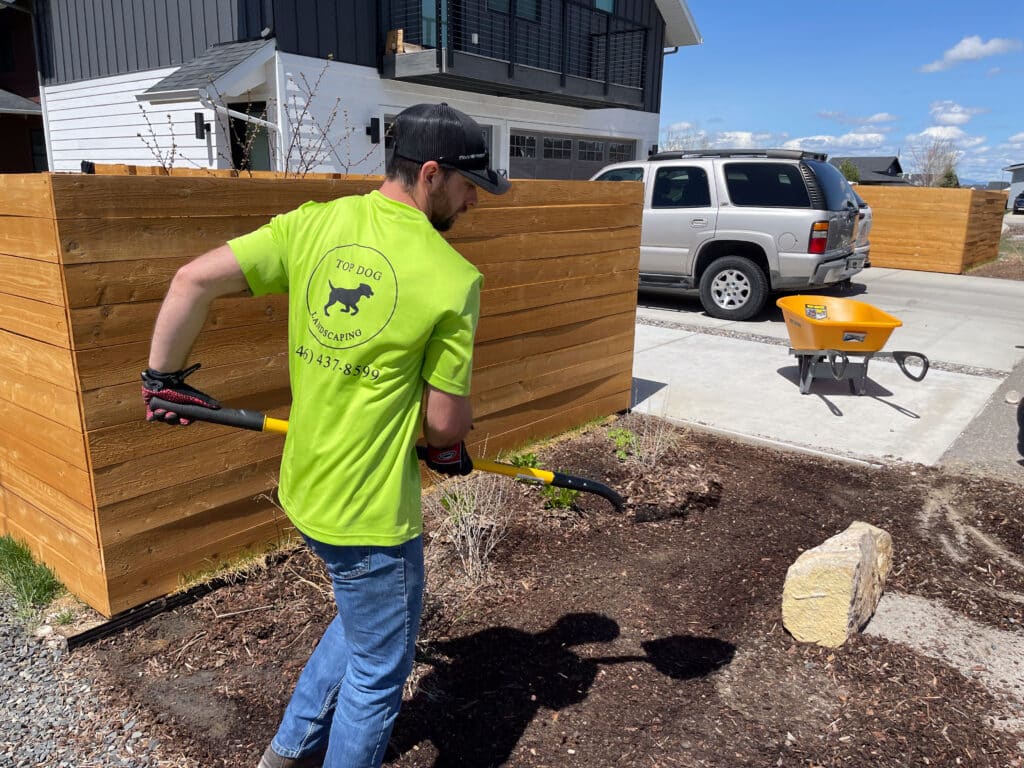Consider the tree’s root zone, choose shade-tolerant plants, and avoid damaging tree roots during installation.
Planting near trees requires careful consideration to ensure the health of both the existing trees and the new plants. Here are steps to follow when installing plants near trees:
Considerations
1. Evaluate Tree Health
Assess the overall health of the existing trees. Avoid planting near trees that are stressed, diseased, or in poor condition.
2. Choose Shade-Tolerant Plants
Select plants that thrive in the shade, as trees often create shaded areas beneath their canopy.
Consider shade-tolerant perennials, groundcovers, and ferns.

3. Plan for Root Competition
Trees typically have extensive root systems. Plan the new planting area to avoid direct competition with the tree roots.
Choose plants with shallow root systems that won’t compete heavily with tree roots.
4. Determine Sunlight Conditions
Identify areas around the tree that receive varying levels of sunlight. Some parts may be in full shade, while others may receive dappled or filtered sunlight.
Match plant selections to the specific sunlight conditions of each area.
5. Provide Adequate Watering
Trees may absorb a significant amount of water from the soil. Ensure that the new plants receive adequate watering, especially during dry periods.
Use a soaker hose or drip irrigation to water plants without saturating the tree roots.
6. Prepare the Soil
Test and amend the soil in the planting area to improve fertility.
Add organic matter to enhance soil structure and water retention.
7. Create Mulch Beds
Apply a layer of organic mulch around the base of trees and the new plants. Mulch helps retain soil moisture, suppress weeds, and regulate soil temperature.
Avoid piling mulch against the trunk of the tree (create a mulch-free zone around the base).
8. Respect Tree Root Zones
Be mindful of the critical root zone (CRZ) of the tree, which is the area around the tree where the majority of the roots are located. Avoid disturbing this zone as much as possible.
Do not dig or compact the soil within the CRZ.
9. Plant at a Distance
Plant new vegetation at a safe distance from the tree trunk to avoid damaging the tree’s roots.
Follow recommended planting distances based on the type and size of the tree.
10. Consider Container Planting
Use containers or raised beds for planting near trees to minimize soil disturbance.
Container gardening allows you to control the soil composition and placement of plants.
11. Monitor for Signs of Stress
Regularly monitor both the existing trees and the new plants for signs of stress, such as wilting or discoloration.
Adjust watering and care practices as needed.
12. Choose Complementary Plants
Select plants that complement the overall aesthetics of the tree and the surrounding landscape.
Consider factors such as color, texture, and seasonal interest.
13. Avoid Aggressive Species
Avoid planting aggressive or invasive species that may outcompete the tree or spread uncontrollably.
Final Thoughts
By following these steps, you can create a harmonious planting scheme around trees while ensuring the well-being of both the trees and the new plants.



